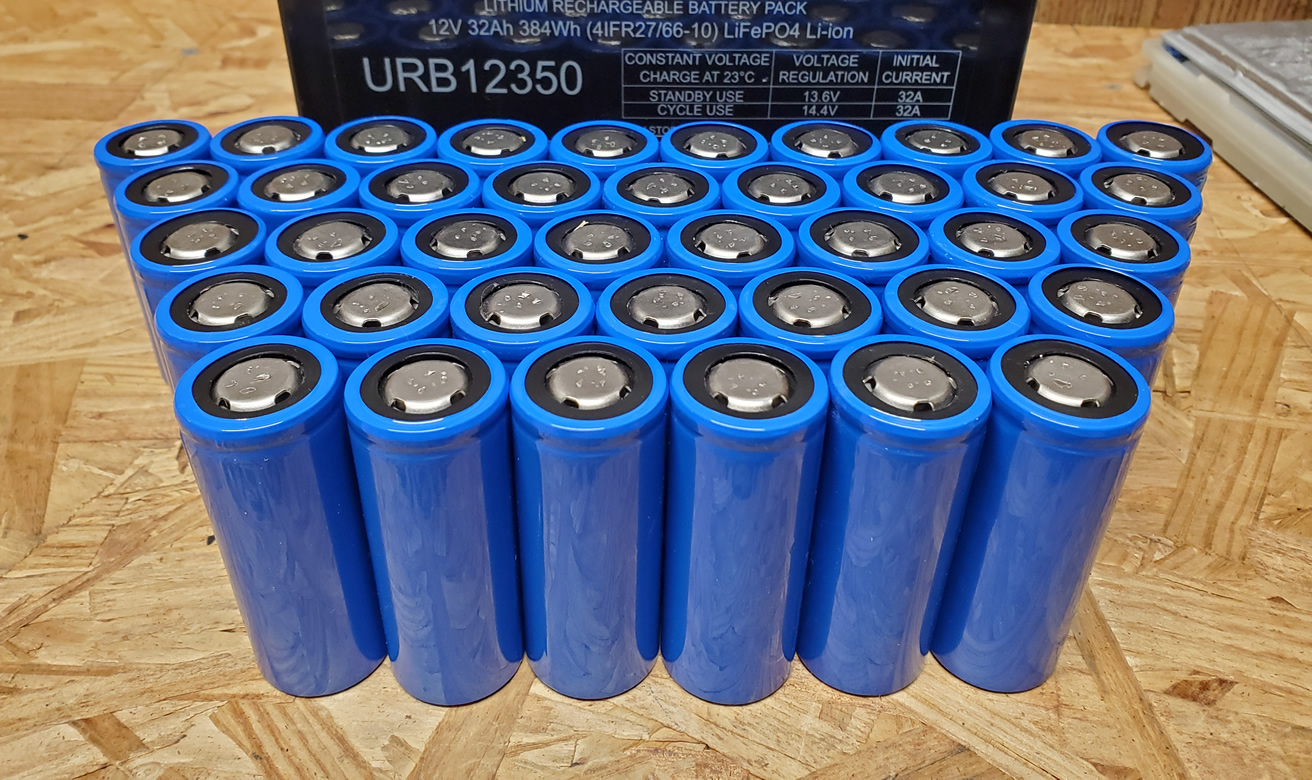MurphyGuy
It just needs a bigger hammer
- Joined
- May 20, 2020
- Messages
- 4,129
That's interesting.Well, to repeat:
But no there more nuance to the different modes with the SIs besides just a wider tolerance in measured parameters. For example in grid mode frequency variations are considered a sign of issues with the grid and cause the SMAs to trip into off grid mode as precaution. In generator mode the SMAs consider that signs of an over/under loaded generator and adjust power draw in an attempt to "regulate" the generator in a sense. They will also more aggressively attempt to balance load between the legs by shifting power between each other through the DC bus, as the detriment of an unbalanced load is more extreme to a generator but not to a grid. You'd be wasting energy in inversion loses if it was left in generator mode and trying to balance the load all the time.
Anyway that's most of the behavioral difference i know of / have observed.
My solar is normally grid tied and my off grid system with SI's is totally isolated when the grid is working.. Since we only use it for power outages, I probably don't have nearly the amount of run time as you.
That said, I've had to use the generator twice because I keep my lithium bats at only 1/2 charge when in storage.
I set the SI's to draw 4000 watts from the 5500 watt portable generator and when the gen is running, the SI's draw a steady 4000 watts from them regardless of what I'm doing in the house.. or at least it seems that way because I never hear any change in the generator's noise output.
In the old days before the solar, when the house was running on the generator, the well pump would cause a big dip in generator noise as the pump kicked on.. generator rpms would dip a bit, cough, and then the generator's governor would apply more power and it would pick up again.
That behavior disappeared when we ran the generator through the SI's.



